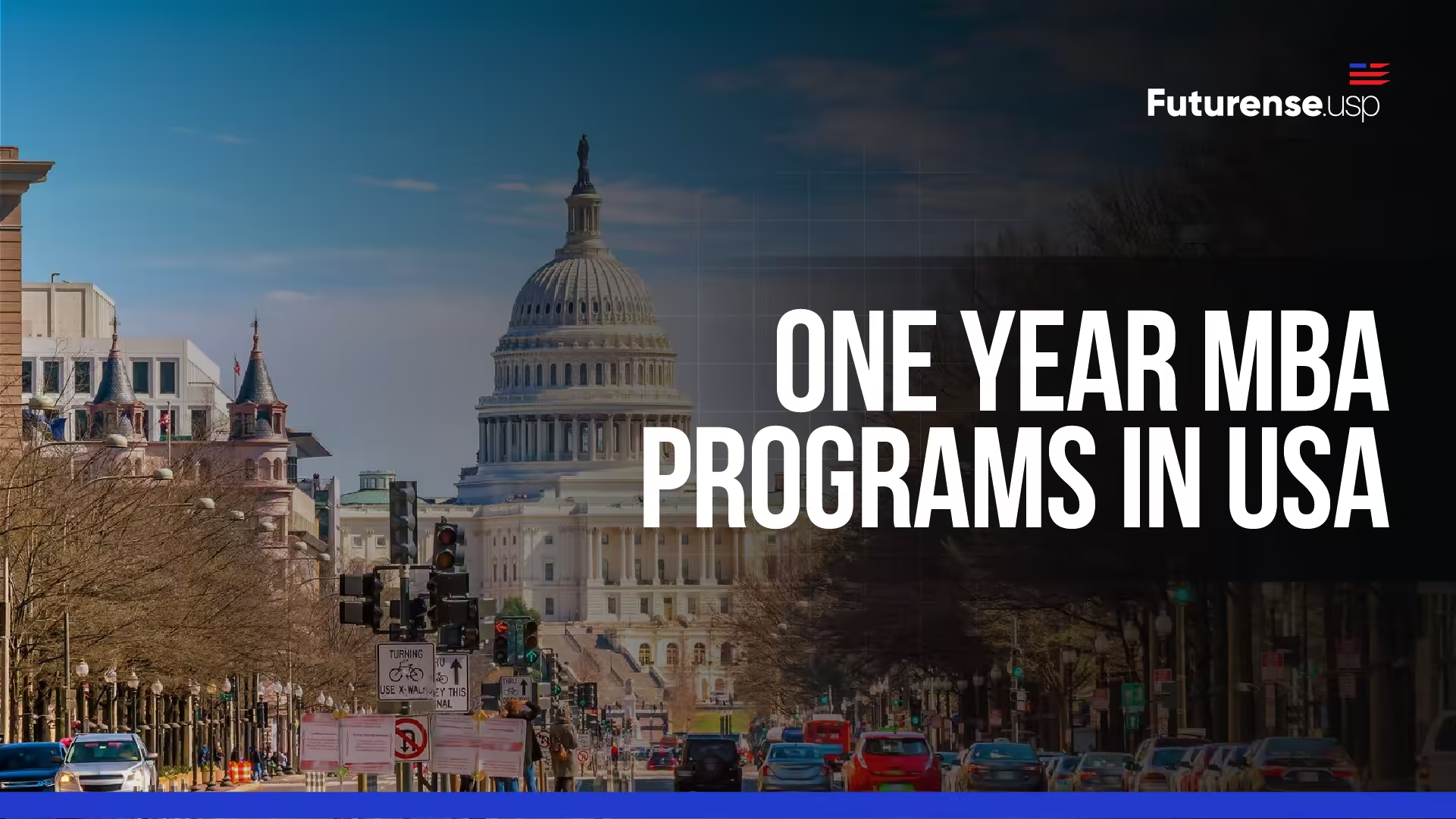Pursuing a master’s degree in the United States is a dream for many international students. The U.S. offers world-class education, cutting-edge research opportunities, and a diverse cultural experience that can set you apart in the global job market. This blog provides an in-depth look at what you need to know about earning a master’s degree in the USA—from choosing the right program and understanding the application process to managing costs and preparing for life abroad.
Why Pursue a Master’s in the USA?
Studying in the U.S. offers several advantages:
- Academic Excellence: U.S. universities are known for rigorous curricula, advanced research facilities, and highly qualified faculty.
- Global Recognition: A U.S. degree is respected worldwide, opening doors to global career opportunities.
- Networking Opportunities: You’ll build connections with peers, professors, and industry professionals from around the globe.
- Cultural Diversity: Living and studying in a multicultural environment enriches your personal growth and professional outlook.
Choosing the Right Program
When selecting a program, consider your career goals, the university’s reputation, and the curriculum’s relevance to your field. Look for programs that offer:
- Specialization: Ensure the program focuses on your area of interest, whether it’s engineering, business, computer science, or the arts.
- Research Opportunities: If you’re inclined toward research, choose a program with strong research facilities and funding.
- Industry Connections: Programs that have partnerships with industries can help you secure internships and job placements after graduation.
The Application Process
The U.S. application process for master’s programs generally involves several key steps:
- Standardized Tests: Most programs require GRE or GMAT scores along with English proficiency tests such as IELTS or TOEFL.
- Application Materials: Prepare a strong Statement of Purpose (SOP), letters of recommendation, and a well-drafted resume that highlights your academic and professional achievements.
- Deadlines: Research and note the application deadlines for each program, as these can vary widely.
- Interviews: Some programs may require interviews, either in-person or online, to assess your fit for the program.
Financing Your Studies
Graduate education in the U.S. can be expensive, but there are various ways to manage costs:
- Scholarships and Fellowships: Many universities offer merit-based and need-based scholarships for international students.
- Assistantships: Research or teaching assistantships can help cover tuition and provide a stipend.
- Student Loans: Consider taking out a student loan if necessary, but be mindful of repayment terms.
- Part-Time Work: International students on an F-1 visa are allowed to work up to 20 hours per week on-campus, which can help with living expenses.
Understanding the Visa Process
Once admitted, you’ll need to secure an F-1 student visa. Key steps include:
- SEVIS Registration: Once you receive your I-20 form from the university, you must register with the Student and Exchange Visitor Information System (SEVIS).
- Visa Interview: Prepare for your visa interview by gathering necessary documentation (passport, I-20, proof of funds, etc.) and practicing common interview questions.
- Timelines: Start the visa process as early as possible to avoid any delays in your travel plans.
Life as a Graduate Student in the U.S.
Adjusting to life in a new country can be challenging, but also highly rewarding. Here are a few tips:
- Orientation Programs: Most universities offer orientation sessions for international students to help you acclimate.
- Campus Resources: Take advantage of academic advising, counseling services, and career development centers.
- Cultural Adaptation: Engage with student organizations and local communities to ease your transition.
- Networking: Attend seminars, workshops, and social events to build a professional network that can benefit your future career.
Career Prospects
A master’s degree from a U.S. institution can significantly boost your career prospects:
- Higher Earning Potential: Graduates often enjoy higher starting salaries and more advanced career roles.
- Global Opportunities: With a degree from a top U.S. university, you can work internationally or in multinational companies.
- Research and Innovation: Many U.S. universities have strong ties with industries, providing opportunities to work on cutting-edge projects and research initiatives.
Final Thoughts
Earning a master’s degree in the USA is an investment in your future that offers numerous academic, professional, and personal benefits. With careful planning and thorough research, you can navigate the application process, secure funding, and successfully transition into life as an international graduate student. Whether you’re aiming for a career in research, industry, or entrepreneurship, a U.S. master’s program can equip you with the skills and network to thrive on the global stage.
Frequently Asked Questions
Why should I pursue a master’s degree in the USA?
The U.S. offers academic excellence, global recognition, and unparalleled networking opportunities. Studying in a diverse cultural environment also helps you grow personally and professionally, setting you apart in the global job market.
How do I choose the right master’s program?
Consider your career goals, the university's reputation, and the program’s focus on your field of interest. Look for programs that offer strong research opportunities and industry connections to help with internships and job placements.
What does the U.S. master’s application process involve?
The process typically includes submitting standardized test scores (like GRE or GMAT), English proficiency exams (TOEFL/IELTS), recommendation letters, and a well-crafted Statement of Purpose. Keep track of application deadlines and prepare for potential interviews.
How can I finance my studies in the U.S.?
You can manage costs through scholarships, fellowships, research or teaching assistantships, student loans, and part-time work (up to 20 hours per week on-campus for F-1 visa holders).
What are the key steps for securing a U.S. student visa?
After being admitted, you’ll need to register with SEVIS and attend a visa interview. Ensure you have all necessary documentation, including your I-20 form, proof of funds, and passport. Start the process early to avoid delays.

.avif)





.avif)
.avif)
